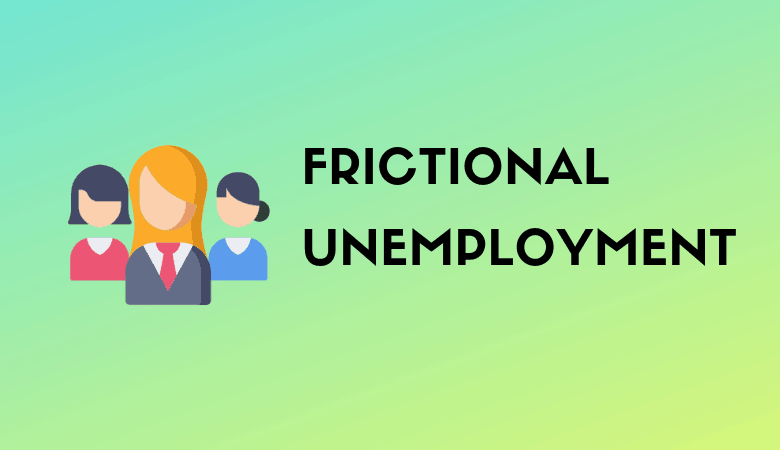Unemployment that results because it takes time for workers to find the jobs that best suit their skills and preferences is called Frictional Unemployment.
Breaking down Frictional Unemployment
One reason for unemployment is that it takes time to match workers and jobs.
Not all workers and all jobs are same, neither all workers are well suited for all jobs.
In fact, workers have different preferences and expertise, and jobs have different attributes.
Also, the flow of information about job candidates and job vacancies is imperfect. And the geographic mobility of workers is not immediate.

The level of frictional unemployment will depend on how easy it is for workers to learn about alternative jobs. Which may reflect the ease of communications about job prospects in the economy.
It will also depend on how willing people are to move to the new region to find jobs. Which in turn may depend on history and culture.
Searching for an appropriate job takes time and effort, and this tends to reduce the rate of job finding.
Indeed, because different jobs need different skills and pay different wages. Unemployed workers may not accept the first job offer they receive.
Hence, The unemployment caused by the time it takes workers to search for a job is called frictional unemployment.
Why some frictional unemployment is inevitable
Some frictional unemployment is inevitable in a changing economy. For many reasons, the types of goods that firms and households demand vary over time.
Sectoral Shift
As the demand for goods shifts, so does the demand for the labor that produces those goods.
For Example
At the same time, it increased the demand for labor in the electronics industry.
A century ago, the four industries with the largest employment in the United States were cotton goods, woolen goods, men’s clothing, and lumber.
Today, the four largest industries are autos, software, communications, and electrical components.
As this transitions took place, jobs were created in some firms, and jobs were destroyed in others. The end result of this process has been higher productivity and higher living standards.
Economists call a change in demand among industries or regions a sectoral shift.
Sectoral shifts are always occurring, and it takes time for workers to change sectors
Firms Fail
Besides, workers find themselves out of work when their firms fail. when their job performance is consider unacceptable. or when their particular skills are no longer needed.
Workers also may quit their jobs to change careers or to move to different parts of the country.
As long as the supply and demand for labor among firms are changing, frictional unemployment is unavoidable.
